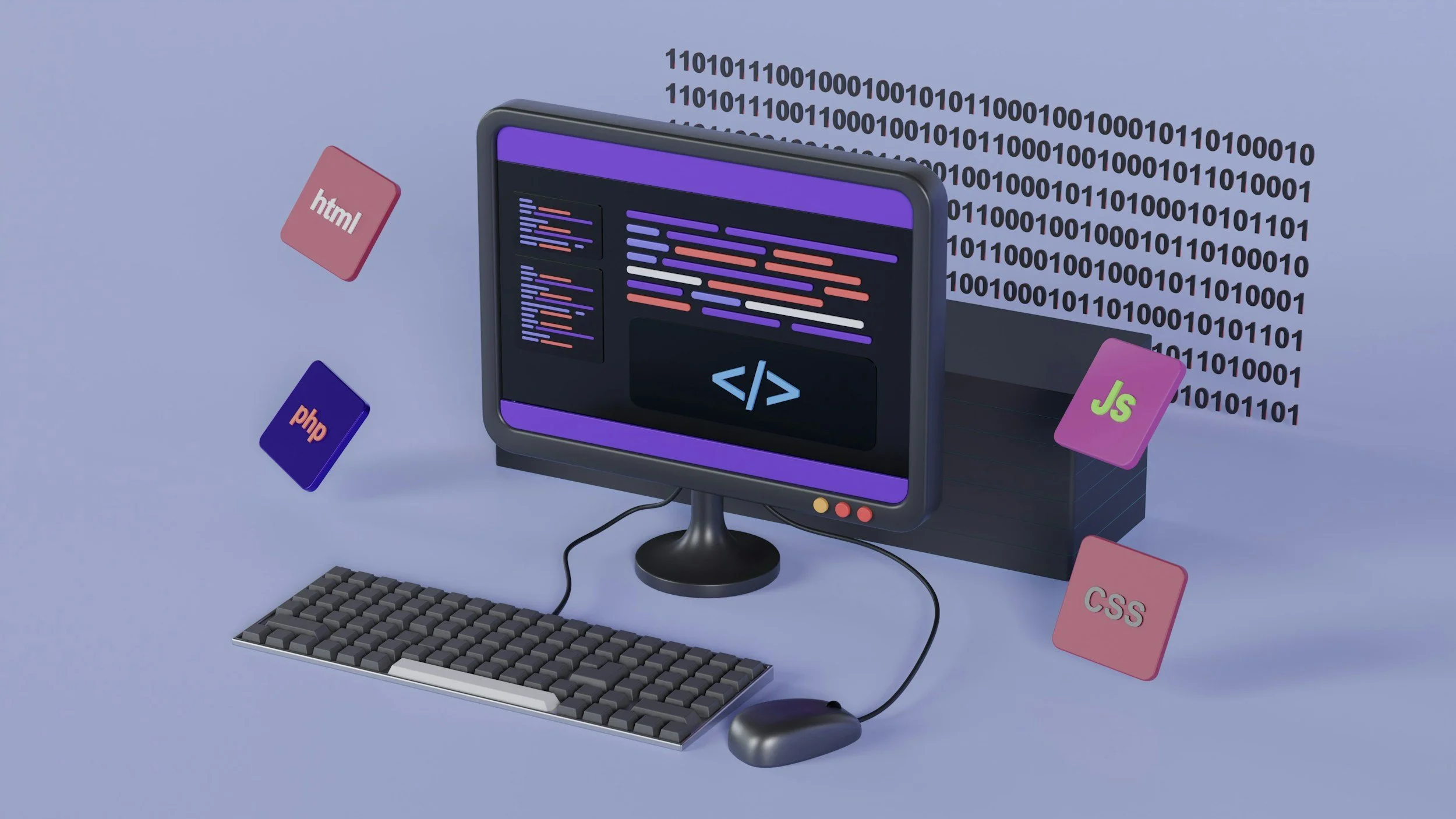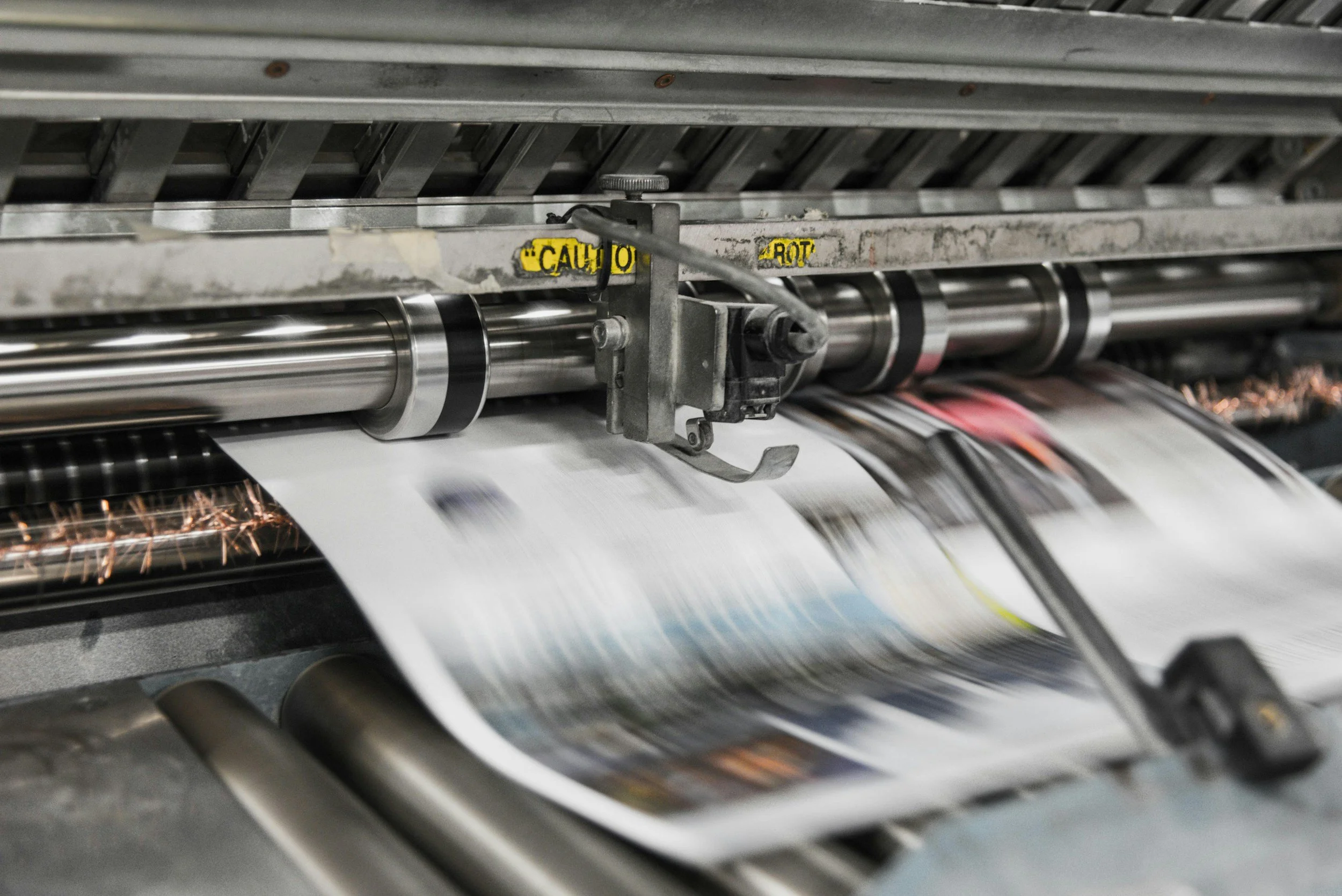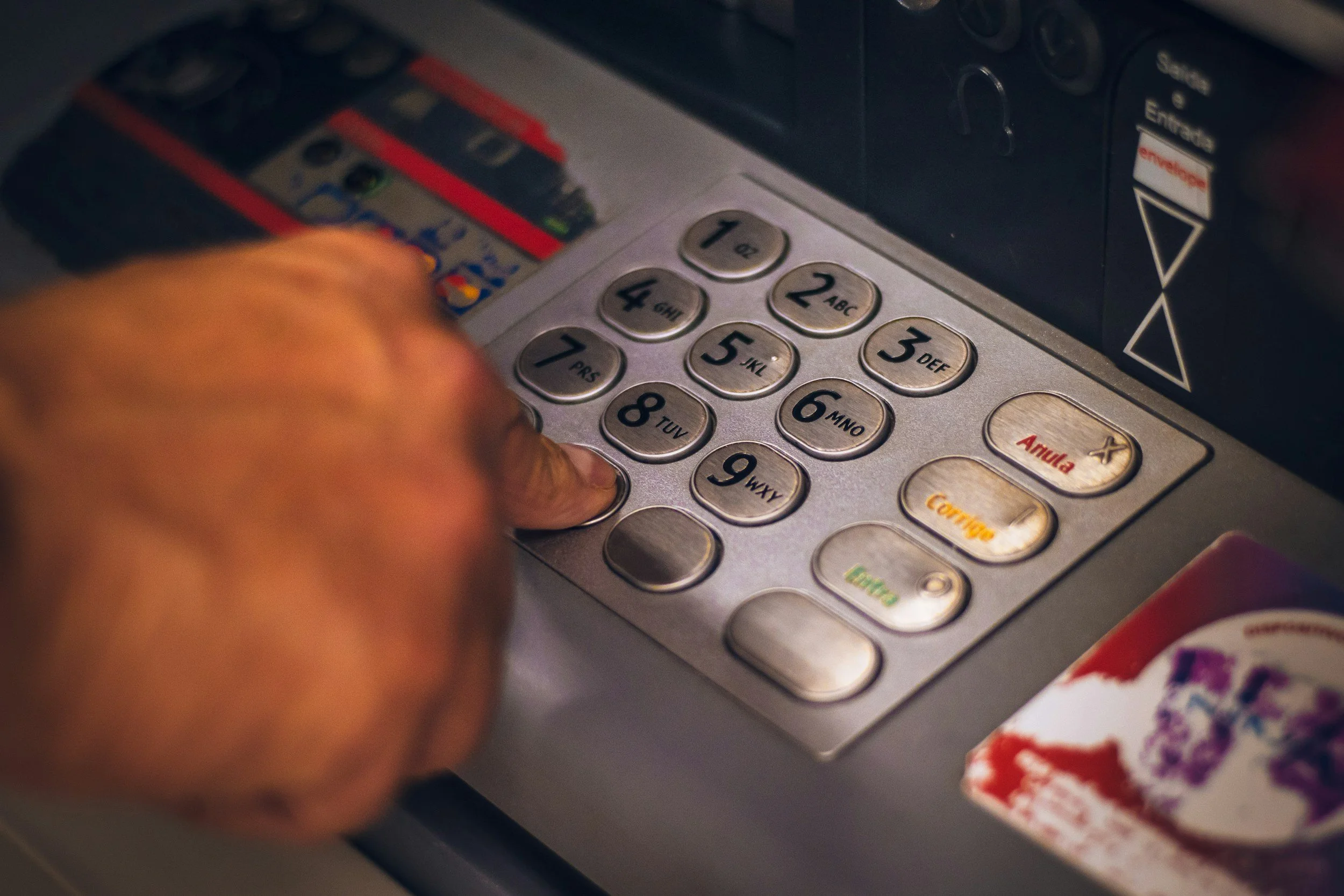Chinese Markets Surge on AI Innovation as Trade Tensions and Deflation Cloud Outlook

Image Credit: Markus Winkler | Splash
Chinese equities rallied in early 2025, spurred by advancements in artificial intelligence. However, escalating U.S.-China trade tensions and domestic economic challenges have introduced volatility, according to market analysts and economic data.
AI Innovation Spurs Market Gains
The Hang Seng Index reached three-year highs in the first quarter of 2025, largely driven by the January 20 launch of DeepSeek's R1 model. The AI system, developed by Hangzhou-based startup DeepSeek, demonstrated strong performance in reasoning tasks including coding and mathematics. According to the MIT Technology Review, R1 scored 79.8% on AIME 2024 and 97.3% on the MATH-500 benchmark, exceeding OpenAI’s o1-1217 model.
Offered as open-source software under the MIT License, DeepSeek-R1 is reported to be 20 to 40 times cheaper than comparable Western models, triggering a significant market reaction. Technology shares led gains, with Tencent, Alibaba, and Xiaomi among the top performers, according to LSEG data. Tencent has integrated R1 into WeChat, Xiaomi incorporated it into its HyperOS, and Alibaba continued to develop its own Qwen model.
The model was trained using Nvidia’s H800 GPUs and is inferred through Huawei’s Ascend 910C chips, showcasing China’s adaptation to U.S. chip export restrictions. In February 2025, President Xi Jinping met with leading technology executives, including DeepSeek founder Liang Wenfeng, to reinforce policy support for AI innovation.
Government use of R1 has expanded. In Shenzhen, over 200 government agencies adopted the model for applications including 24/7 public service hotlines, data analysis, and administrative automation. Meizhou also integrated R1 into its public helpline services.
While praised for democratizing AI access, R1 has drawn international scrutiny. A TechCrunch report raised concerns over increased censorship in the model’s responses to politically sensitive questions, potentially limiting its global applicability.
Trade Tensions Curb Investor Optimism
Despite AI-driven momentum, Chinese equities remain under pressure from deepening U.S.-China trade tensions. Washington’s new round of tariffs on Chinese exports—described by CNBC as “unprecedented”—has disrupted supply chains and contributed to a contraction in China’s manufacturing sector, according to Reuters.
Export dependence remains a vulnerability. Historically, net exports have contributed approximately one-third of China’s GDP growth. While Beijing has previously employed transshipment strategies to cushion external shocks, analysts warn that prolonged trade frictions could trigger sustained deflationary pressure.
In a tentative step towards easing tensions, U.S. Commerce Secretary Howard Lutnick announced a new framework for trade negotiations on June 11. Markets have responded cautiously, awaiting concrete outcomes.
China’s relatively low debt-to-GDP ratio—estimated at 62%—provides policymakers with some fiscal leeway. However, persistent export declines and restricted access to advanced semiconductors continue to weigh on the manufacturing and tech sectors.
Stimulus Targets Amid Structural Weaknesses
Beijing has reaffirmed its target of “around 5%” GDP growth in 2025, after achieving 5.4% in Q1. Stimulus efforts include monetary easing, consumer goods trade-in programs, and lending facilities focused on AI development. State media has emphasized government backing for tech firms such as DeepSeek and Manus.
Nonetheless, structural challenges remain. Real estate investment declined 9.9% year-on-year through March, and deflationary pressures persist. Consumer spending accounts for just 40% of China’s GDP, well below the global average of 60%, limiting the efficacy of stimulus measures.
AI adoption has been central to the government’s strategy. DeepSeek’s deployment in local governments has improved administrative efficiency, but analysts suggest broader reforms are needed to address deflation and weak household consumption.
IPO Market Revival in Hong Kong
Investor enthusiasm for AI-related businesses has revived Hong Kong’s IPO market. According to the South China Morning Post, HK$78 billion was raised in the first five months of 2025—a 700% year-on-year increase—making it the world’s top IPO venue during the period.
Several technology firms, including AICT, have announced plans to list in Hong Kong amid increased scrutiny of Chinese firms by U.S. regulators. Analysts attribute the surge to both policy encouragement and shifting preferences for domestic listings.
While the rebound strengthens Hong Kong’s position as a global financial hub, the South China Morning Post has cautioned that overbought conditions and external market volatility may temper future listing activity.
Sector Divergence Reflects Uneven Recovery
The tech and healthcare sectors have outperformed, benefiting from AI deployment. Companies such as Tencent, Alibaba, and Xiaomi have posted robust returns linked to R1 integration, according to LSEG market data. NetEase also reported strong Q1 earnings.
By contrast, energy stocks, including CNOOC, underperformed due to falling oil prices. Meituan and JD.com faced margin pressures amid intense competition in the food delivery space.
The Financial Times reported delays in Alibaba’s broader AI product rollout, adding to concerns about uneven progress within the tech sector. Analysts from Goldman Sachs advise a stock-specific approach, noting the wide disparity in sector performance.
We are a leading AI-focused digital news platform, combining AI-generated reporting with human editorial oversight. By aggregating and synthesizing the latest developments in AI — spanning innovation, technology, ethics, policy and business — we deliver timely, accurate and thought-provoking content.






































































































































































































